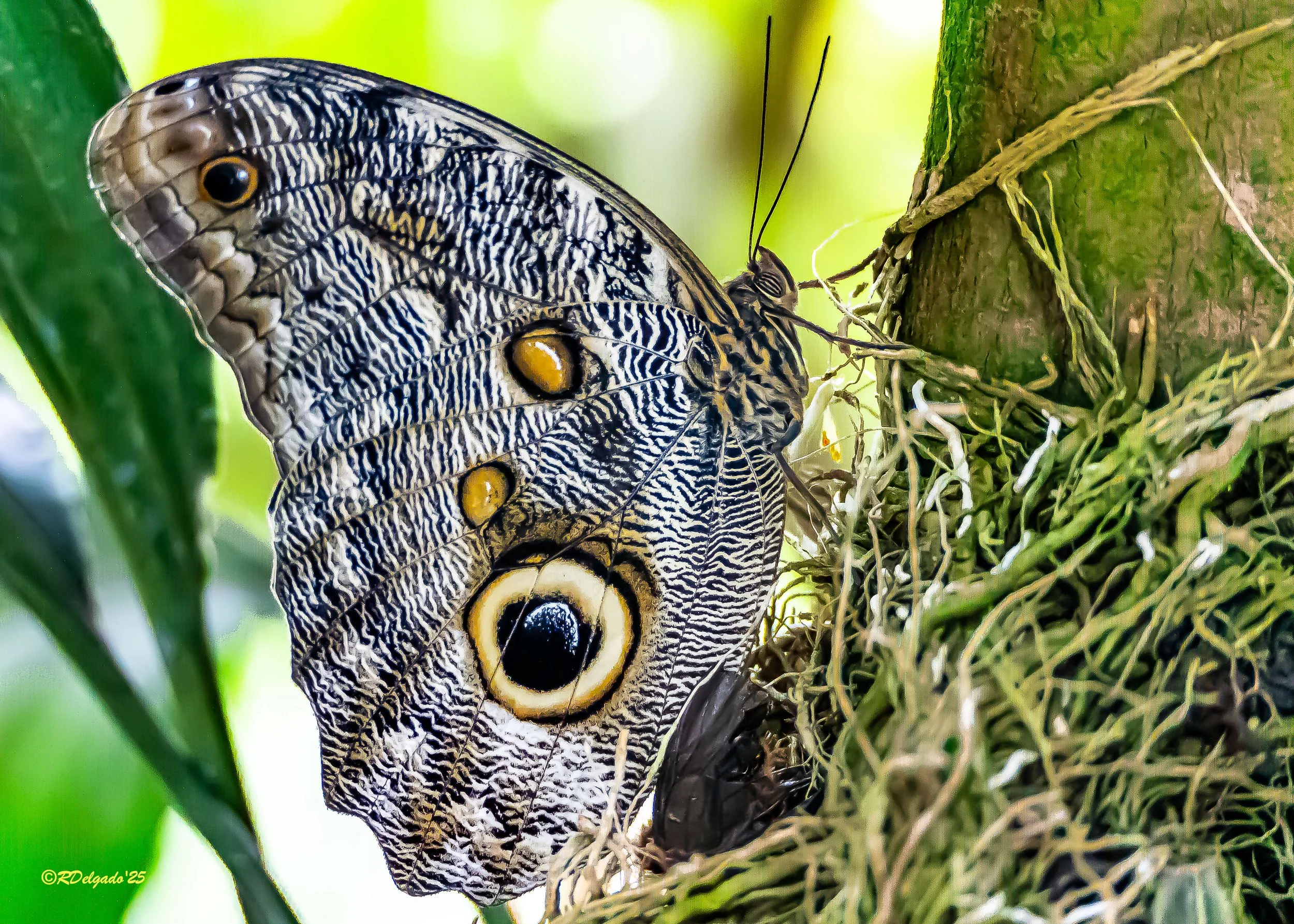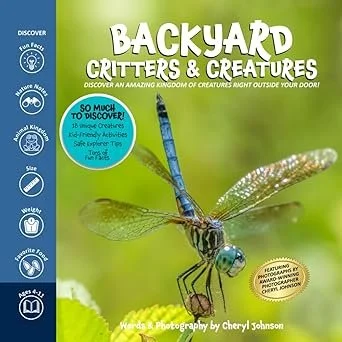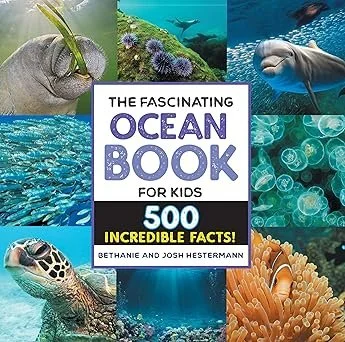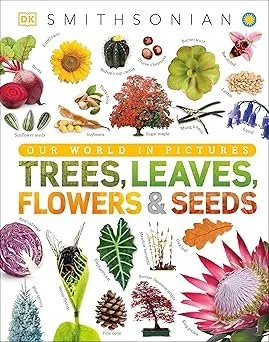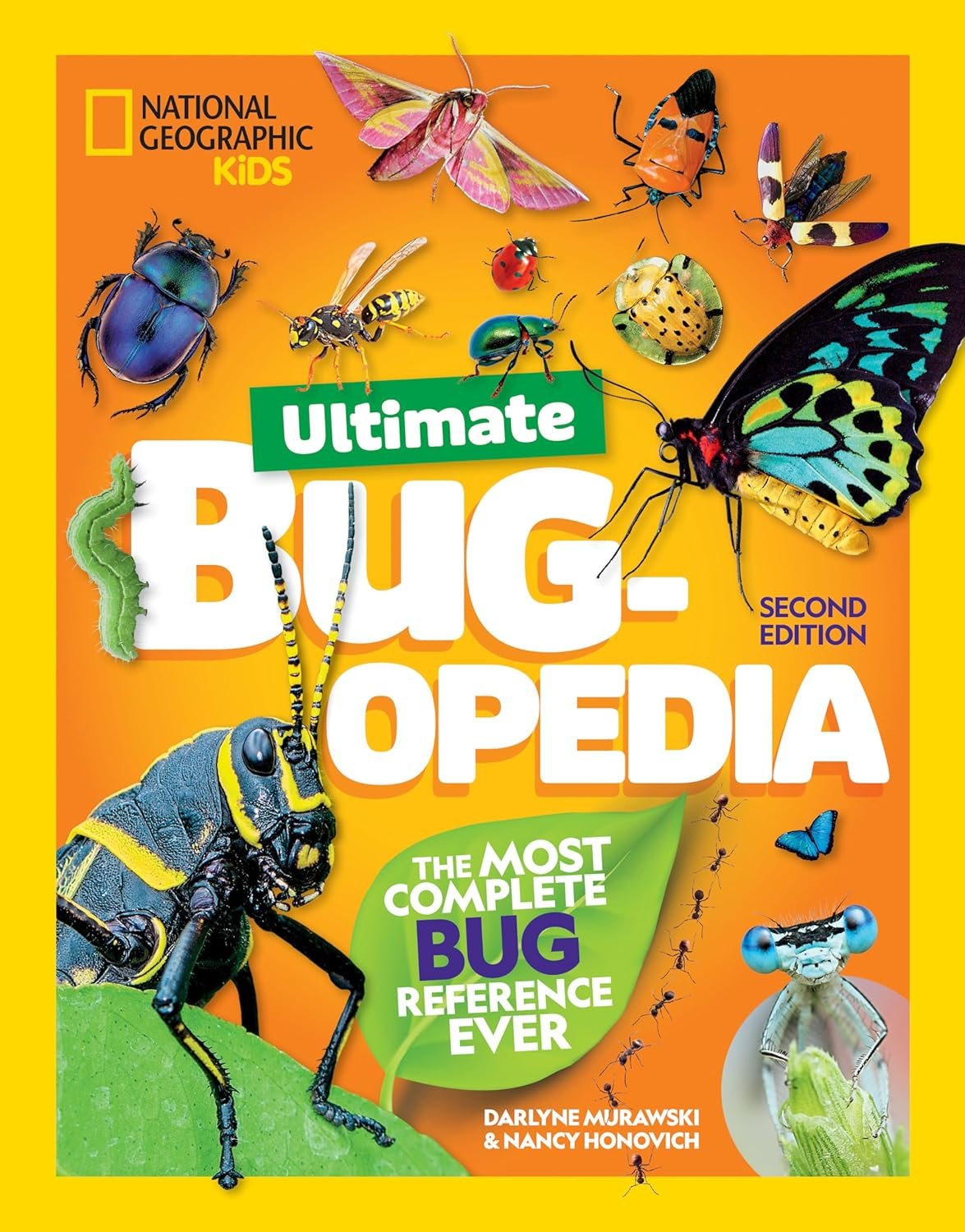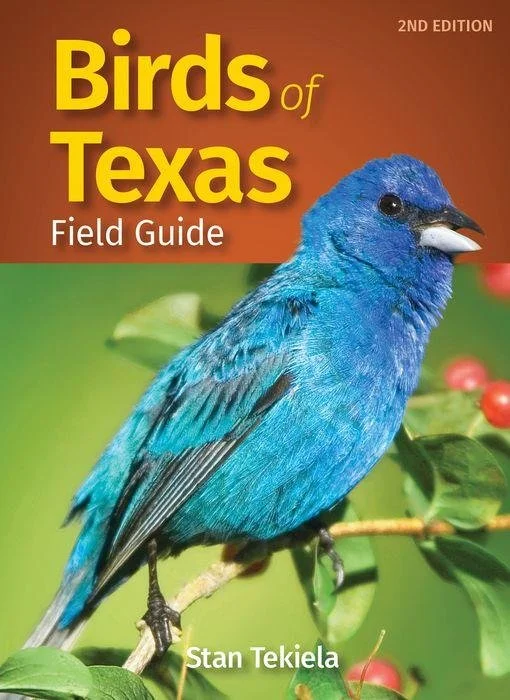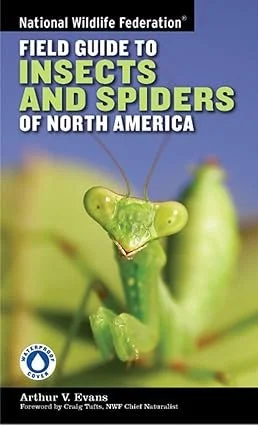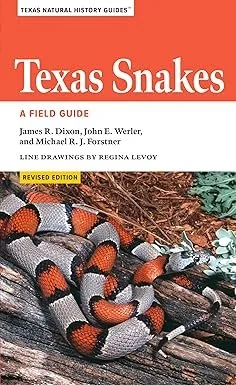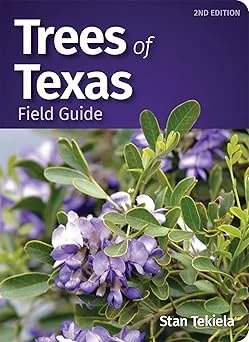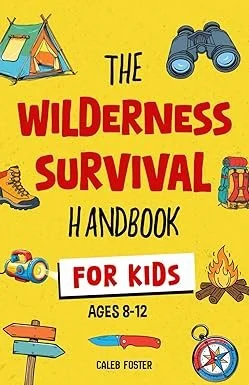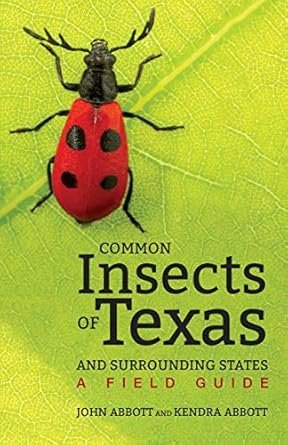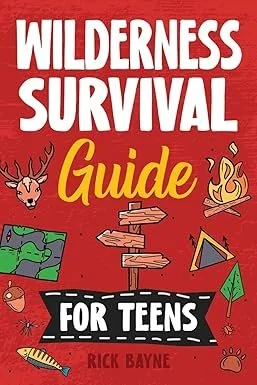In order to stoke curiosity, promote learning and the appreciation of nature, TLCNP has compiled a list of nature focused reference books for young readers.
Below is a selection of books on nature by education level: elementary, middle school and high school.
ELEMENTARY SCHOOL AGE nature Books:
Select the title name for additional information and current price.
Backyard Critters and Creatures: What will you discover in your backyard?
By Cheryl Johnson. 48 pages.
Written to reinforce concepts taught in elementary school science curriculum, this fun and interactive book combines stunning photographs, explorer tips, and fun facts and will get your kids to turn off the TV and discover adventure right outside their door. Each page features a different creature covering the different species of the animal kingdom including animals, insects, birds, reptiles, and amphibians.
The Book of Brilliant Bugs (The Magic and Mystery of the Natural World)
By Jess French. 4-8 years, 80 pages.
Take a magical journey through the forest floor, down into the deepest caves and even across the open ocean. The Book of Brilliant Bugs, written by insect expert Jess French, takes children on an expedition into the bug kingdom. The insect book is filled with fascinating facts about these little animals, how bugs pass on messages, compete for food, seek true love and fill the air with buzzing wings. This book will be a hit with children - TLCNP.
Butterflies are pretty gross
By Rosemary Mosco. 3-7 years, 36 pages.
This hilarious and refreshing book with silly and sweet illustrations explores the science of butterflies and shows that these insects are not the stereotypically cutesy critters we often think they are -- they are fascinating, disgusting, complicated and amazing creatures.
Everything you need to know about bugs
By DK. 3-8 years, 80 pages.
Everything You Need to Know about Bugs is an interactive read that any child interested in insects will love! This interactive read is full of fun insect facts, an insect identification guide, and key information about recognizing bugs and creepy crawlies all around. Identify bugs you might see in the backyard or camping, and find out about bugs you've never heard about before ― it's all in Everything You Need to Know about Bugs, your complete bug and insect resource. Bugs come in all shapes and sizes, and have incredible and varied abilities. Children will love discovering more about the fascinating, and often hidden, world of insects and bugs.
The Fascinating Ocean Book for Kids: 500 Incredible Facts!
By Bethanie Hestermann. 5-9 years, 224 pages.
Do you know a kid who's captivated by what goes on beneath the ocean's surface? This sea animal book for kids is packed with hundreds of incredible facts for hours of underwater exploration. Pages of full-color pictures feature life in and around the sea including fish, dolphins, and shipwrecks! Dive deeper than other ocean books for kids with ocean trivia.
The Kids' Guide to Birds of Texas: Fun Facts, Activities and 90 Cool Birds
By Stan Tekiela. 240 pages.
Filled with fun activities for the whole family, like building a birdhouse and preparing your own bird food, this is a must-have beginner's guide to bird watching in the Lone Star State!
90 of the most common and important birds to know. Species organized by color for ease of use. Full-color photographs and a full page of information for each bird
My Texas Bird Book: Learn about some of the amazing birds your children can discover in the Lone Star State
By Cheryl Johnson. 4-11 years, 56 pages.
Hundreds of different species call Texas home, and there are even some that you can only see in Texas! My Texas Bird Book combines stunning photography and fascinating, easy to understand language designed to introduce your children to many of the birds that are “Classically Texan”, where you can see them, and tips for spotting them. It’s the perfect book to encourage children to get outdoors and discover nature as they explore the amazing world of birds.
Snake: The Essential Visual Guide
By Chris Mattison. 7+ years, 192 pages.
Snake is the essential guide to the world of serpents, featuring more than 3,000 species. With a clean fresh look, classifications, stunning photography, and amazing artworks, this is a must-have reference for all herpetologists.
Packed with fascinating facts such as physical and behavioral characteristics, this guide also includes focused profiles of 60 snakes, from the Rainbow Boa to the Tropical Rattlesnake. Each profile includes a stunning full-page photograph of the snake, supporting images to highlight important features, and a ‘Fact File' sidebar to give at-a-glance information.
Trees, Leaves, Flowers and Seeds: A Visual Encyclopedia of the Plant Kingdom
By Smithsonian. 5+ years, 192 pages.
Packed with more than 1,000 incredible images and full of fascinating facts, this beautiful children’s book takes you on an exciting expedition through the wonders of the plant kingdom.
Explore the incredible world of plants, from the smallest seeds to the tallest trees, whilst you discover all about the weirdest, smelliest and deadliest flowers on our planet, with this engaging encyclopedia for children aged 9-12.
Ultimate Bugopedia, 2nd Edition: The Most Complete Bug Reference Ever
By Nancy Honovich. 7-10 year, 296 pages.
This fully photographic book profiles bugs, beetles, wasps, bees, ants, caterpillars, butterflies, dragonflies, spiders, flies, crickets and grasshoppers, and centipedes and millipedes. These profiles are accompanied by Did You Know? facts and fast facts including scientific name, size, diet, and habitat.
Middle School Age nature Books:
Select the title name for additional information and current price.
Backyard Guide to Insects and Spiders of North America
By Author Evans. 240 pages.
An accessible visual guide to the top 150 insects and spiders, this guide combines readable text, representative photographs, and explanatory illustrations to highlight key features of body shape, life cycle, and behavior. Organized by scientific taxonomy, the book offers navigational devices for quick identification and practical information about attracting—or repelling!—these creatures.
Birds of Texas Field Guide
By Stan Tekiela, 456 pages.
There’s no need to look through dozens of photos of birds that don’t live in your area. This book features 176 species of Texas birds organized by color for ease of use. Do you see a yellow bird and don’t know what it is? Go to the yellow section to find out.
Mammals of Texas Field Guide
By Stan Tekiela, 416 pages.
This book features 157 species of Texas mammals organized by family, and then by size, for ease of use. When you see a mammal, you can determine its family by common visual characteristics. Then turn to the corresponding section to find out what it is!
This field guide includes professional photographs and range maps, relevant information, and plenty of expert insights.
National Wildlife Federation Field Guide to Insects and Spiders & Related Species of North America
By Arthur Evans. 496 pages.
National Wildlife Federation’s new all-photographic field guide to North American insects, spiders, and related species, is the most up-to-date of its kind, and lets both amateur and expert naturalists identify more than 940 species quickly and accurately. More than 2,000 close-up color photographs by leading nature photographers reveal the field marks that distinguish each creature, and the clear and concise text that accompanies each image describes the range, habitat, life cycle, and behavior. The unique waterproof cover makes it ideal for use outdoors.
Texas Snakes: A Field Guide
By James R. Dixon. 464 pages.
With species ranging from the legendary, fear-inspiring western diamond-backed rattlesnake to the tiny threadsnake, Texas has a greater diversity of snakes than any other state in the country. This fully illustrated field guide to Texas snakes, written by two of the state’s most respected herpetologists and updated by their student and later colleague, gives you the most current and complete information to identify and understand all 111 species and subspecies. Texas Snakes: A Field Guide has all the resources you need to identify snakes in the wild and in your own backyard.
Trees of Texas Field Guide (Tree Identification Guides)
By Stan Tekiela. 400 pages.
Learn to identify Texas trees with this handy field guide, organized by leaf type and attachment. With this famous field guide by award-winning author and naturalist Stan Tekiela, you can make tree identification simple, informative, and productive. There’s no need to look through dozens of photos of trees that don’t grow in Texas. Learn about 180 species found in the state, organized by leaf type and attachment. Just look at a tree’s leaves, then go to the correct section to learn what it is.
Wilderness Survival Handbook for Kids: A Field Guide To Build Fire & Shelter Fast, Easily Find Food & Water, Navigate Home Safely, and Perform First Aid with Confidence.
By Caleb Foster. Ages 8-12, 216 pages.
Unplug. Explore. Survive. The Wilderness Survival Handbook for Kids is the perfect guide to outdoor skills, adventure missions, and life-saving techniques that every young explorer should know. Designed for kids aged 8–12, this action-packed book makes outdoor learning exciting, empowering, and unforgettable. Whether you’re hiking, camping, or just exploring the backyard, these survival skills will help your child thrive in nature—and life.
High School age nature books:
Select the title name for additional information and current price.
Butterflies of Houston & Southeast Texas
by John Tveten and Gloria Tveten. 304 pages.
In this easy-to-use field guide, the Tvetens describe and illustrate more than 100 species of butterflies that live in Southeast Texas and can often be found across the state.
This book has striking color photographs of living butterflies and caterpillars (a unique addition) show the key marks and characteristics necessary for field identification.
common Insects of Texas and surrounding states a field guide.
By John & Kendra Abbott, 448 pages.
Thanks to its size and geographic position, Texas is home to nearly 30,000 species of insects, likely making its insect population the most diverse in the nation. Ranging from eastern and western to temperate and tropical species, this vast array of insects can be difficult to identify. In Common Insects of Texas and Surrounding States, John and Kendra Abbott have created the state's most comprehensive field guide to help readers recognize and understand these fascinating creatures.
Peterson Field Guide To Birds Of Eastern & Central North America
By Roger Tory Peterson. 392 pages.
For decades, this is THE popular and trusted guide for birders of all levels, thanks to its famous system of identification and unparalleled illustrations. The 7th edition of the field guide features updated text and range maps, and art updated to reflect current knowledge in ornithology.
The Sibley Field Guide to Birds of Eastern North America: Second Edition
By David Allen Sibley, 464 pages.
Compact and comprehensive, this guide features 650 bird species, plus regional populations, found east of the Rocky Mountains. Entries include stunningly accurate illustrations—more than 4,600 in total—with descriptive captions pointing out the most important field marks. Each entry has been updated to include the most current information concerning frequency, nesting, behavior, food and feeding, voice description, and key identification features. Second editions features updated maps, new and revised illustrations, more species.
Texas Snakes: A Field Guide
By James R. Dixon. 464 pages.
With species ranging from the legendary, fear-inspiring western diamond-backed rattlesnake to the tiny threadsnake, Texas has a greater diversity of snakes than any other state in the country. This fully illustrated field guide to Texas snakes, written by two of the state’s most respected herpetologists and updated by their student and later colleague, gives you the most current and complete information to identify and understand all 111 species and subspecies. Texas Snakes: A Field Guide has all the resources you need to identify snakes in the wild and in your own backyard.
Trees of Texas Field Guide (Tree Identification Guides)
By Stan Tekiela. 400 pages.
Learn to identify Texas trees with this handy field guide, organized by leaf type and attachment. With this famous field guide by award-winning author and naturalist Stan Tekiela, you can make tree identification simple, informative, and productive. There’s no need to look through dozens of photos of trees that don’t grow in Texas. Learn about 180 species found in the state, organized by leaf type and attachment. Just look at a tree’s leaves, then go to the correct section to learn what it is.
Wilderness Survival Guide for Teens: How to Build a Fire, Perform First Aid, Build Shelter, Forage for Food, Find Water, Manage Wildlife Encounters, and Many Other Important Skills!
By Rick Bayne. 141 Pages.
Wilderness Survival Guide for Teens is a basic informational guide to help you learn important life skills for outdoor adventure. Whether you are planning a camping trip, hiking, or preparing for emergencies in advance, this book breaks down the most common skills needed to survive and navigate the great outdoors! This book is designed to start your journey and is meant to accompany real-life practice.
Wildflowers of Texas Field Guide (Wildflower Identification Guides)
By Stan Tekiela. 432 pages.
Identify Texas wildflowers with this easy-to-use field guide, organized by color and featuring full-color photographs and helpful information. With this famous field guide by Nora Bowers, Rick Bowers, and Stan Tekiela, you can make wildflower identification simple, informative, and productive. There’s no need to look through dozens of photos of wildflowers that don’t grow in Texas. Learn about 200 of the most common and important species found in the state.
